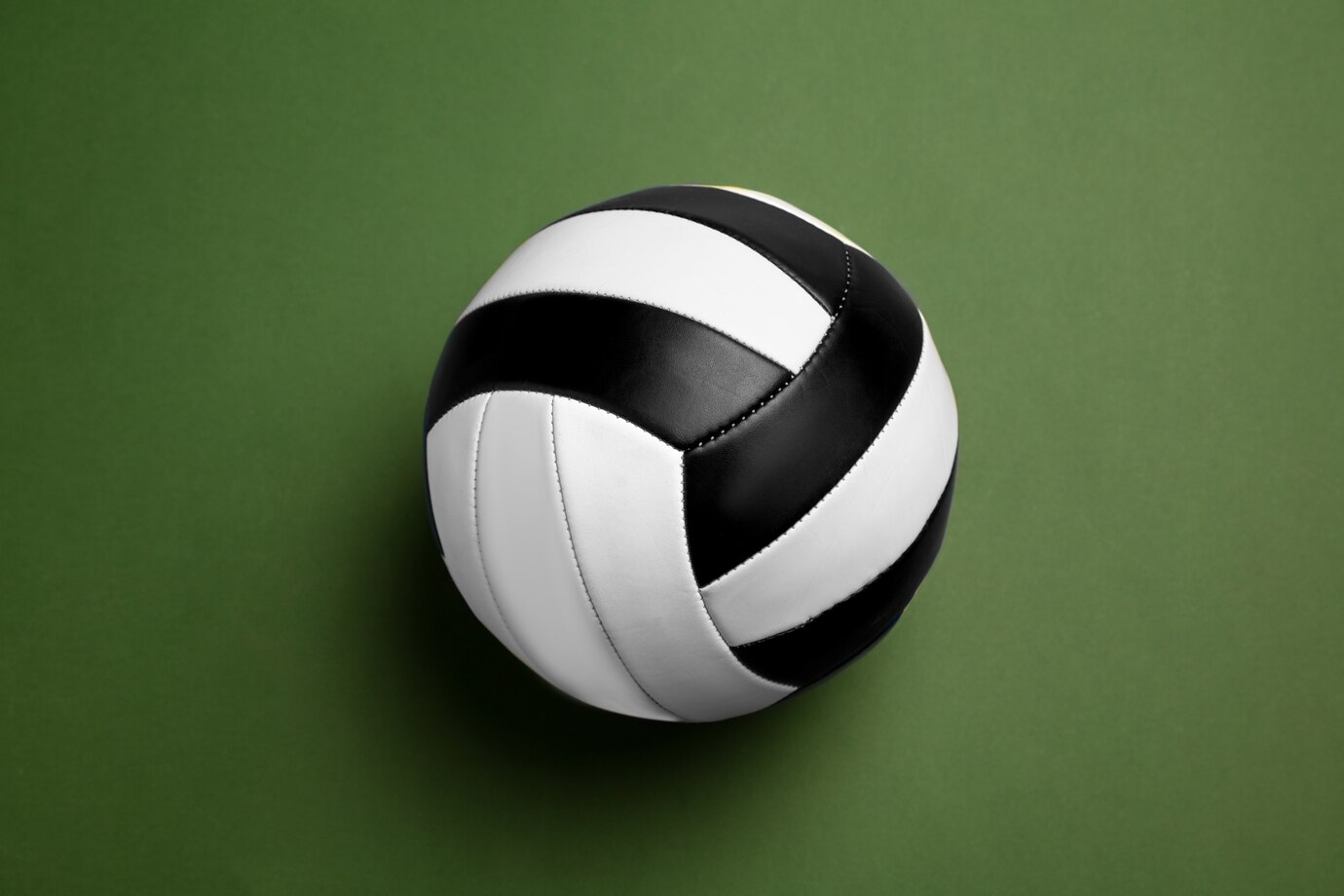The volleyball design has changed a great deal in terms of technology and creativity. Remarkable developments have taken place in the transition from simple leather balls to sophisticated synthetic microfibres of today. Such innovations have greatly improved the game just like you might be looking for the best MelBet app download for Android to improve your betting experience. Let’s look at the historical perspective and things that have been done to improve volleyball gear.
Historical Background of Volleyball Equipment
During the early 1900s, volleyballs were made using leather. These balls were heavy and would often absorb water, making them difficult to play with. The stitching in such balls was done in such a way that they sometimes easily lost shape as they were being used. Despite these shortcomings, leather volleyballs remained the standard for many years.
An attempt by manufacturers towards the mid-20th century led them to try many materials out. They wanted a ball that was lighter, more durable and could also resist water. That is when synthetic leather came into production, and it moved on to synthetic microfibres later on. This new breed of materials completely revolutionised this sport by improving its performance and durability like never before. Players now had an opportunity for more consistent, enjoyable gaming experiences.

Material Innovations in Sports
The current sports equipment owes much of its advancement to material science development, including:
- Synthetic microfibres: These last long while providing softness.
- Butyl bladders: Better air retention and shape-maintaining ability.
- PU coating: Perfectly repellent to water with good resistance from tearing under stress.
- Nylon winding: Improves resilience against physical strain more than traditional stitches made from cotton threads.
These elements combine to allow lighter, tougher volleyballs to be designed for contemporary use.
Breakthroughs in Volleyball Construction
Many transformations have been seen in volleyball design. The change has been significant from heavy leather balls to lightweight synthetic microfibres. Let us discuss how these advancements have influenced the game and players.
Introduction of Synthetic Microfibres
Volleyball design was revolutionised by the use of synthetic microfibres. These materials are lighter and stronger than ordinary leather materials. They do not absorb water, hence their shape and performance are retained regardless of weather conditions such as rain or scorching heat. This makes them perfect for both indoor and outdoor games.
Synthetic microfibres also offer the advantage of a soft touch. This provides better control when playing with it, which is a good thing when one is trying to play with precision and accuracy. Players appreciate the consistency in performance and better grip offered by these materials. As a result, synthetic microfibre volleyballs have become more reliable and enjoyable to play with.
Impact on Gameplay and Athlete Performance
The introduction of synthetic fibres has dramatically affected gameplay. Since they are lighter, it is easier to spike and serve balls, leading to faster, dynamic matches characterised by spikes that are more often hit harder than those hit earlier on during the match. It has increased the thrill in this game both for players involved as well as people watching it play out.
This innovation has had an impact on athletes’ performance. By using synthetic volleyballs, which possess a uniform feel while bouncing throughout each practice session, players are able to enhance their skills over time. They can participate in training sessions with assurance since these balls give predictable responses upon being hit and passed around—something that helps them build up confidence about their capabilities. As an outcome, there will be increased player self-assurance, seeing improved general performances on the court.
Adoption and Regulation
Synthetic microfibres have been adopted in the game of volleyball. The players and trainers were quick to realise the benefits that come from using these materials. They offer improved handling, durability, and a more consistent play. Consequently, there was a fast shift from customary leather to artificial options by professional as well as amateur leagues.
Regulatory bodies like FIVB (Fédération Internationale de Volleyball) have also embraced these changes. These organisations set benchmarks for manufacturing volleyballs used in competitions. Therefore, such rules ensure equal treatment of all participants regardless of whether one plays at the local club or internationally.

Future Trends in Volleyball Technology
Volleyball technology is still evolving. Some future trends are:
- Smart volleyballs: Balls with sensors to track performance metrics.
- Eco-friendly materials: Sustainable options to reduce environmental impact.
- Advanced grip technology: Enhanced textures for better control.
- Customisable designs: Personalised balls for teams and players.
These innovations aim to make the game more exciting and sustainable. As technology integrates with eco-friendly materials, it will shape the future of volleyball, giving players and fans even better experiences overall.
Final Words
Volleyball design has changed a lot, from heavy leather to advanced synthetic microfibres. Athlete performance and gameplay have all been positively impacted by this change. As technology keeps advancing, we can expect even more amazing improvements ahead of us. If there are any innovations that will make the game better and more enjoyable for every person involved, then those could only be found in volleyball’s future prospects.